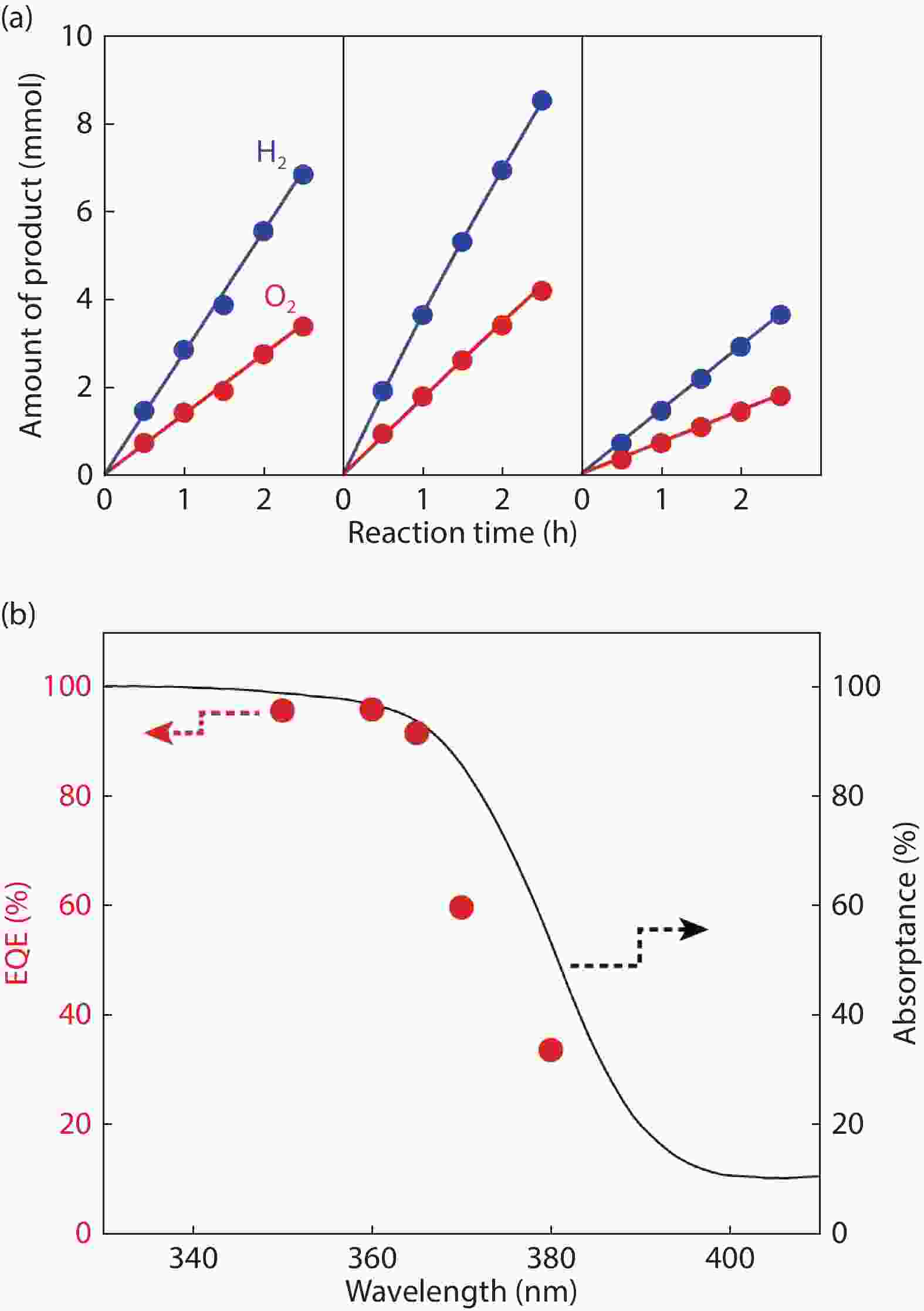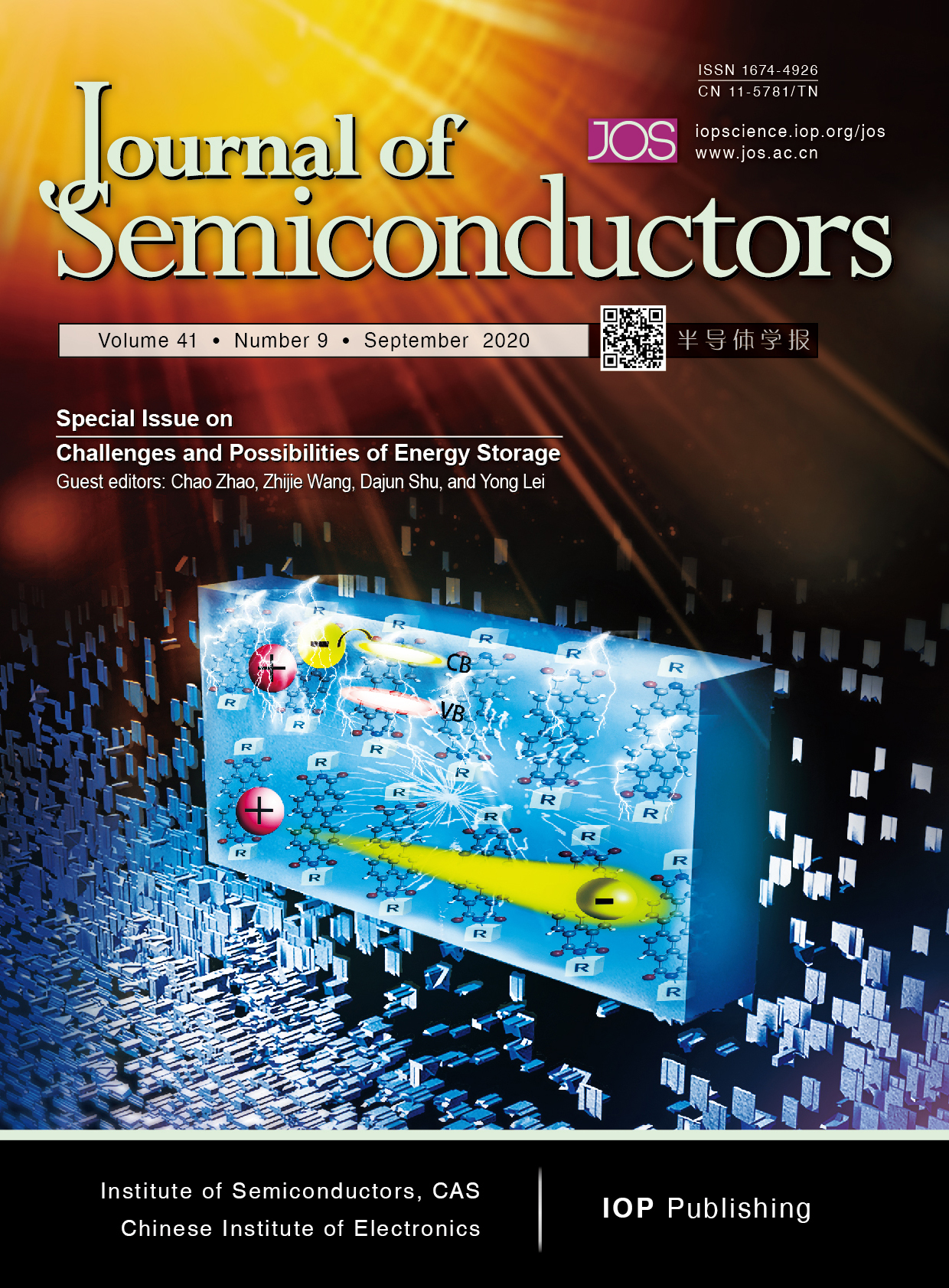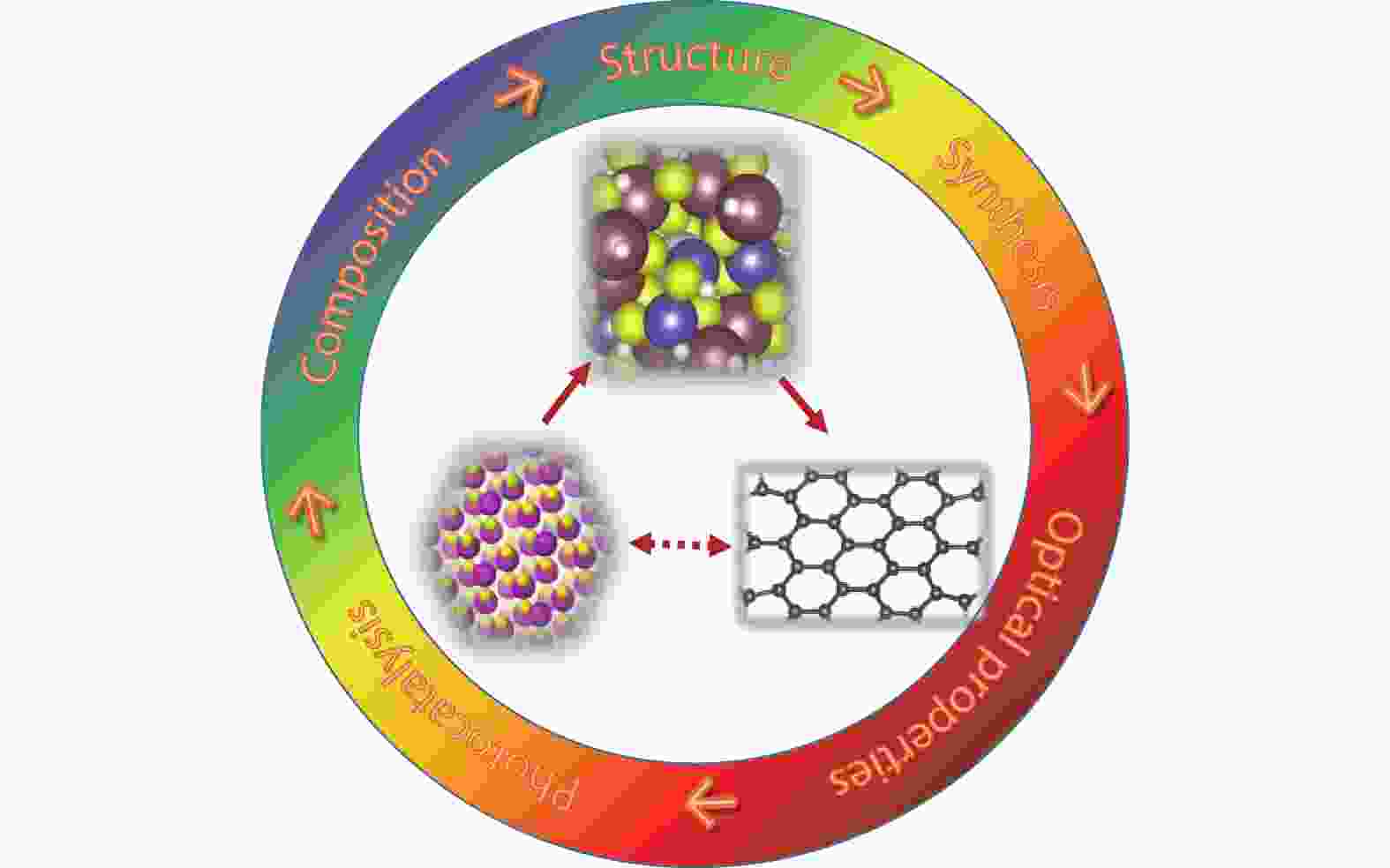
Due to the quantum size effect and other unique photoelectric properties, quantum dots (QDs) have attracted tremendous interest in nanoscience, leading a lot of milestone works. Meantime, the scope and scientific connotation of QDs are constantly expanding, which demonstrated amazing development vitality. Besides the well-developed Cd-containing II–VI semiconductors, QDs of environmentally friendly I–III–VI (I = Cu, Ag; III = Ga, In; VI = S, Se) chalcogenides have been a hot spot in the QDs family, which are different from traditional II–VI QDs in terms of multi-composition, complex defect structure, synthetic chemistry and optical properties, bringing a series of new laws, new phenomena and new challenges. The composition of I–III–VI chalcogenides and their solid solutions can be adjusted within a very large range while the anion framework remains stable, giving them excellent capability of photoelectric property manipulation. The important features of I–III–VI QDs include wide-range bandgap tuning, large Stokes shift and long photoluminescence (PL) lifetime, which are crucial for biological, optoelectronic and energy applications. This is due to the coexistence of two or more metal cations leading to a large number of intrinsic defects within the crystal lattice also known as deep-donor-acceptor states, besides the commonly observed surface defects in all QDs. However, a profound understanding of their structure and optoelectronic properties remains a huge challenge with many key issues unclear. On one hand, the achievements and experience of traditional QD research are expected to provide vital value for further development of I–III–VI QDs. On the other hand, the understanding of the emerging new QDs, such as carbon and other 2D materials, are even more challenging because of the dramatically different composition and structure from II–VI semiconductors. For this, I–III–VI QDs, as a close relative to II–VI QDs but with much more complex composition and structure variation, provide a great opportunity as a gradual bridge to make up the big gap between traditional QDs and emerging new QDs, such as carbon dots. Here, we hope to compare the research progress of I–III–VI QDs and II–VI QDs, in an effort to comprehensively understand their structure, synthetic chemistry, optical electronic and photocatalytic properties. We further give insights on the key potential issues of I–III–VI QDs from the perspective of bridging between traditional QDs and emerging carbon dots, especially the profound principles behind synthetic chemistry, PL mechanism and optoelectronic applications.

Solar water splitting is a promising strategy for the sustainable production of renewable hydrogen and solving the world’s crisis of energy and environment. The third-generation direct bandgap semiconductor of zinc oxide (ZnO) with properties of environmental friendliness and high efficiency for various photocatalytic reactions, is a suitable material for photoanodes because of its appropriate band structure, fine surface structure, and high electron mobility. However, practical applications of ZnO are usually limited by its high recombination rate of photogenerated electron–hole pairs, lack of surface reaction force, inadequate visible light response, and intrinsic photocorrosion. Given the lack of review on ZnO’s application in photoelectrochemical (PEC) water splitting, this paper reviews ZnO’s research progress in PEC water splitting. It commences with the basic principle of PEC water splitting and the structure and properties of ZnO. Then, we explicitly describe the related strategies to solve the above problems of ZnO as a photoanode, including morphology control, doping modification, construction of heterostructure, and the piezo-photoelectric enhancement of ZnO. This review aims to comprehensively describe recent findings and developments of ZnO in PEC water splitting and to provide a useful reference for the further application and development of ZnO nanomaterials in highly efficient PEC water splitting.
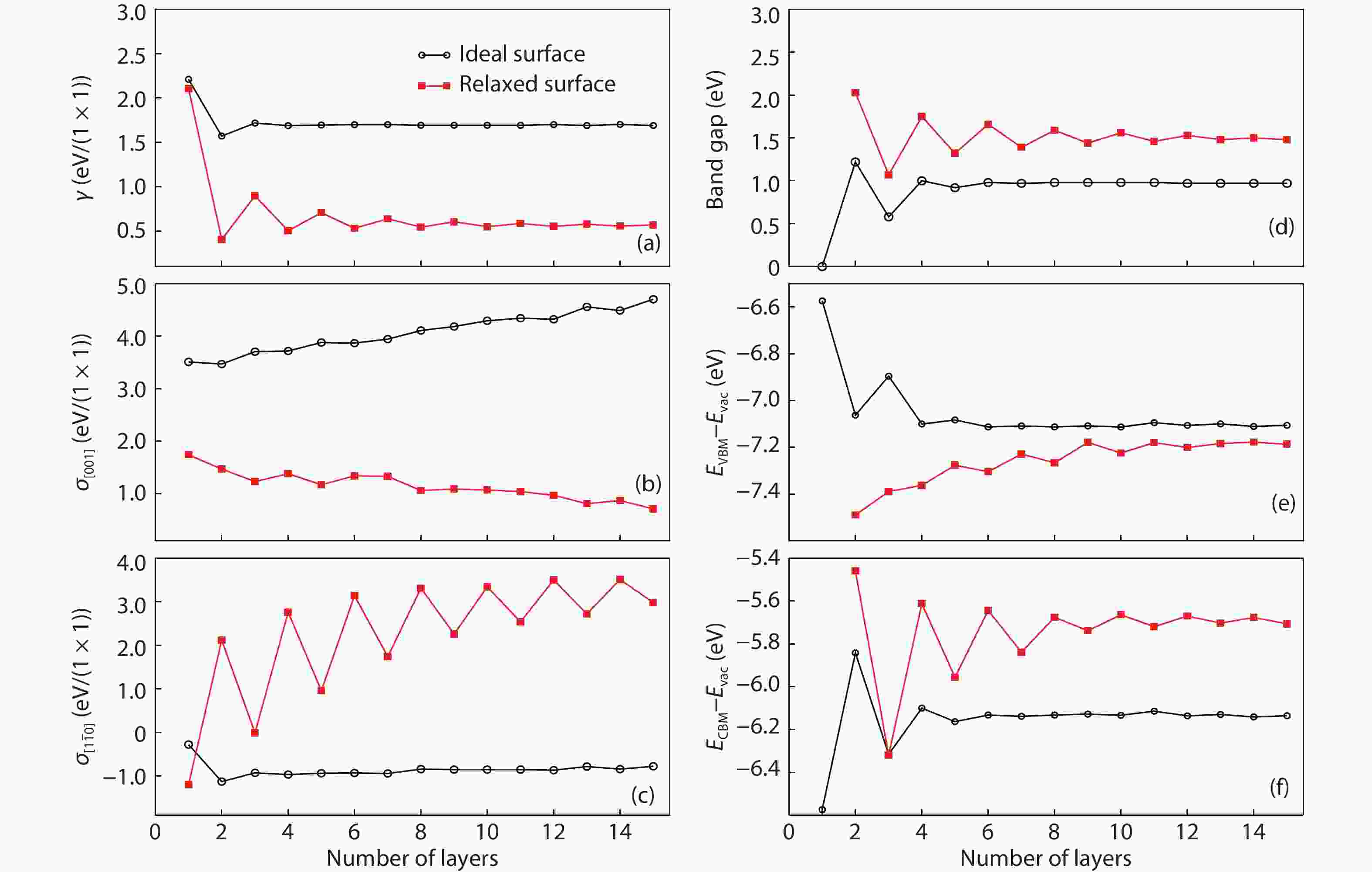
As a promising photocatalysis material, TiO2 has long been studied by experimental and theoretical methods. The external strain could affect the catalytic reactivity of TiO2 significantly due to the difference in surface elastic properties of different surface structures with different surface adsorption or defects. This article reviews our recent work by using density function theory calculations on the effect of strain on the TiO2 surface properties, including surface relative stability, surface defects, surface adsorption and dissociation.

Organic zinc-ion batteries (OZIBs) are emerging rechargeable energy storage devices and have attracted increasing attention as one of the promising alternatives of lithium-ion batteries, benefiting from the Zn metal (low cost, safety and small ionic size) and organic electrodes (flexibility, green and designable molecular structure). Organic electrodes have exhibited fine electrochemical performance in ZIBs, but the research is still in infancy and hampered by some issues. Hence, to provide insight into OZIBs, this review summarizes the progress of organic cathode materials for ZIBs and points out the existing challenges and then addresses potential solutions. It is hoped that this review can stimulate the researchers to further develop high-performance OZIBs.
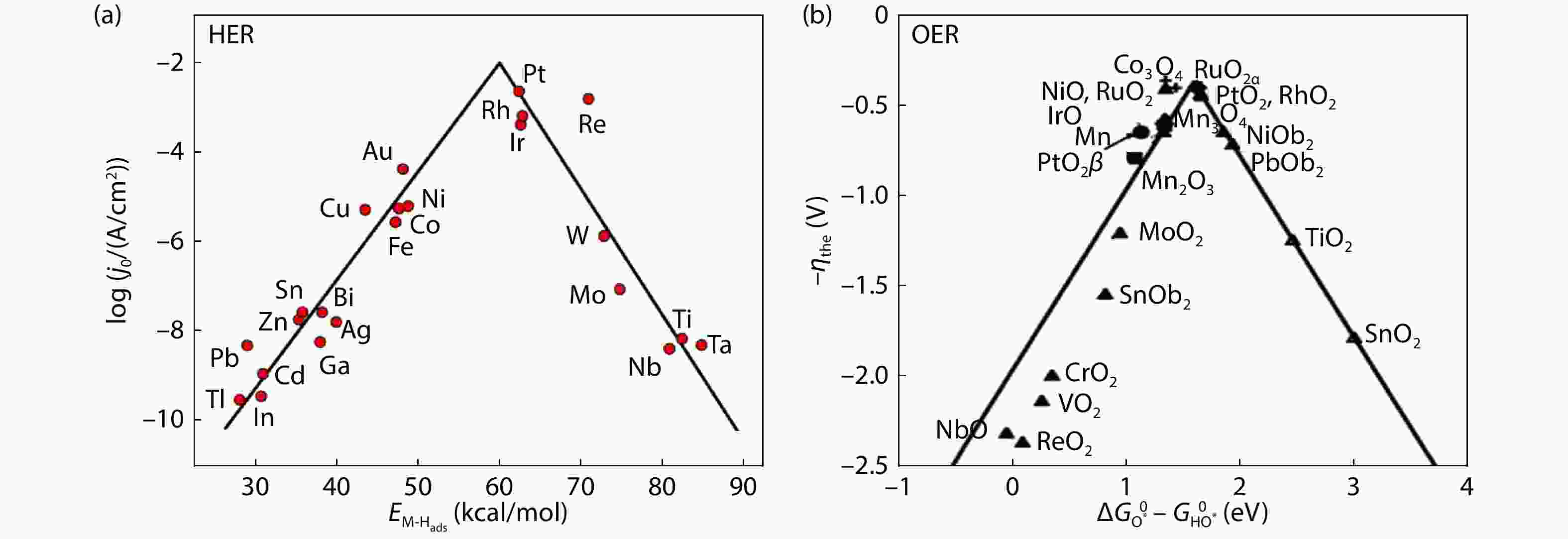
The exploitation of renewable energy as well as the elimination of the harmful impact of excessive carbon emission are worldwide concerns for sustainable development of the ecological environment on earth. To address that, the technologies regarding energy conversion systems, such as water splitting and electroreduction of carbon dioxide, have attracted significant attention for a few decades. Yet, to date, the production of green fuels and/or high energy density chemicals like hydrogen, methane, and ethanol, are still suffering from many drawbacks including high energy consumption, low selectivity, and sluggish reaction rate. In this regard, nanostructured bimetallic materials that is capable of taking the full benefits of the coupling effects between different elements/components with structure modification in nanoscale are considered as a promising strategy for high-performance electrocatalysts. Herein, this review aims to outline the important progress of these nanostructured bimetallic electrocatalysts. It starts with the introduction of some important fundamental background knowledge about the reaction mechanism to understand how these reactions happen. Subsequently, we summarize the most recent progress regarding how the nanostructured bimetallic electrocatalysts manipulate the activity and selectivity of catalytic reactions in the order of bimetallic alloying effect, interface/substrate effect of bi-component electrocatalyst, and nanostructuring effect.

Photocatalytic hydrogen evolution is one of the most promising ways to solve environmental problems and produce a sustainable energy source. To date, different types of photocatalysts have been developed and widely used in photocatalytic hydrogen evolution. Recently, multinary copper chalcogenides have attracted much attention and exhibited potential applications in photocatalytic hydrogen evolution due to their composition-tunable band gaps, diverse structures and environmental-benign characteristics. In this review, some progress on the synthesis and photocatalytic hydrogen evolution of multinary copper chalcogenide nanocrystals (NCs) was summarized. In particular, considerable attention was paid to the rational design and dimensional or structural regulation of multinary copper chalcogenide NCs. Importantly, the photocatalytic hydrogen evolution of multinary copper chalcogenide NCs were reviewed from the aspects of energy level structures, crystal facets, morphology as well as composition. Finally, the current challenges and future perspectives of copper chalcogenide were proposed.
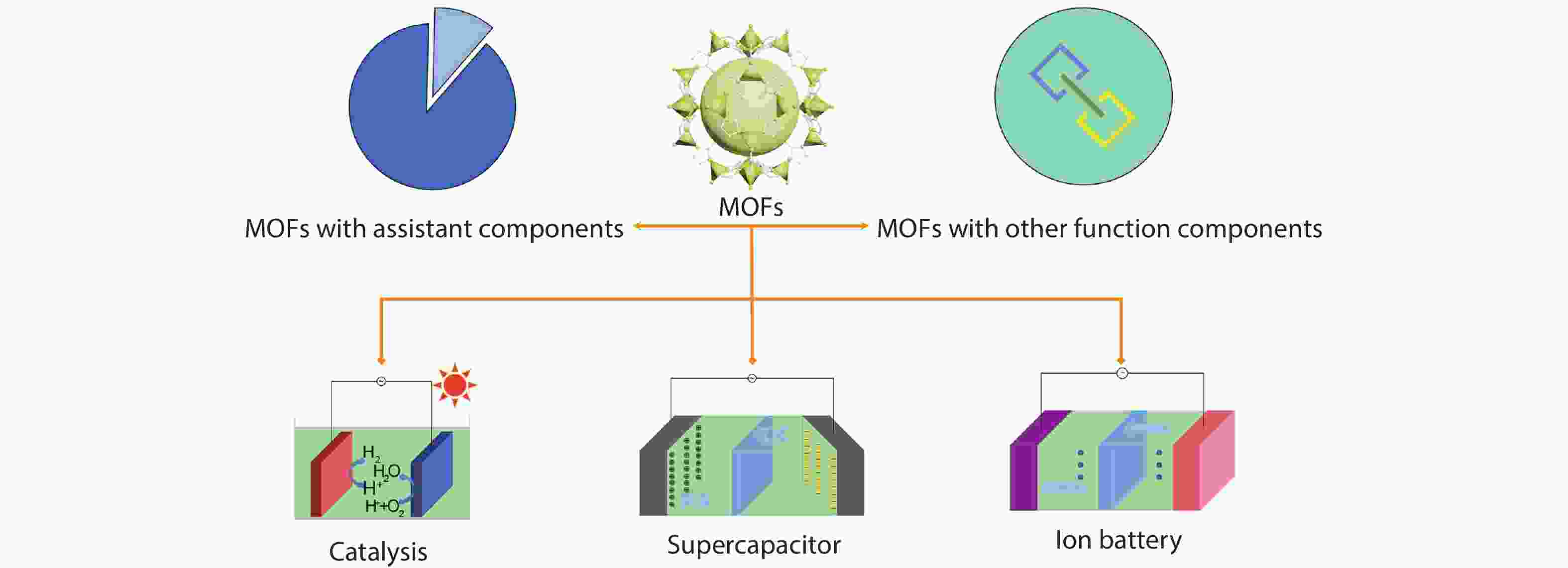
Metal-organic frameworks (MOFs) with orderly porous structure, large surface area, high electrochemical response and chemical tunability have been widely studied for energy conversion and storage. However, most reported MOFs still suffer from poor stability, insufficient conductivity, and low utilization of active sites. One strategy to circumvent these issues is to optimize MOFs via designing composites. Here, the design principle from the viewpoint of the intrinsic relationships among various components will be illuminated to acquire the synergistic effects, including two working modes: (1) MOFs with assistant components, (2) MOFs with other function components. This review introduces recent research progress of MOF-based composites with their typical applications in energy conversion (catalysis) and storage (supercapacitor and ion battery). Finally, the challenges and future prospects of MOF-based composites will be discussed in terms of maximizing composite properties.
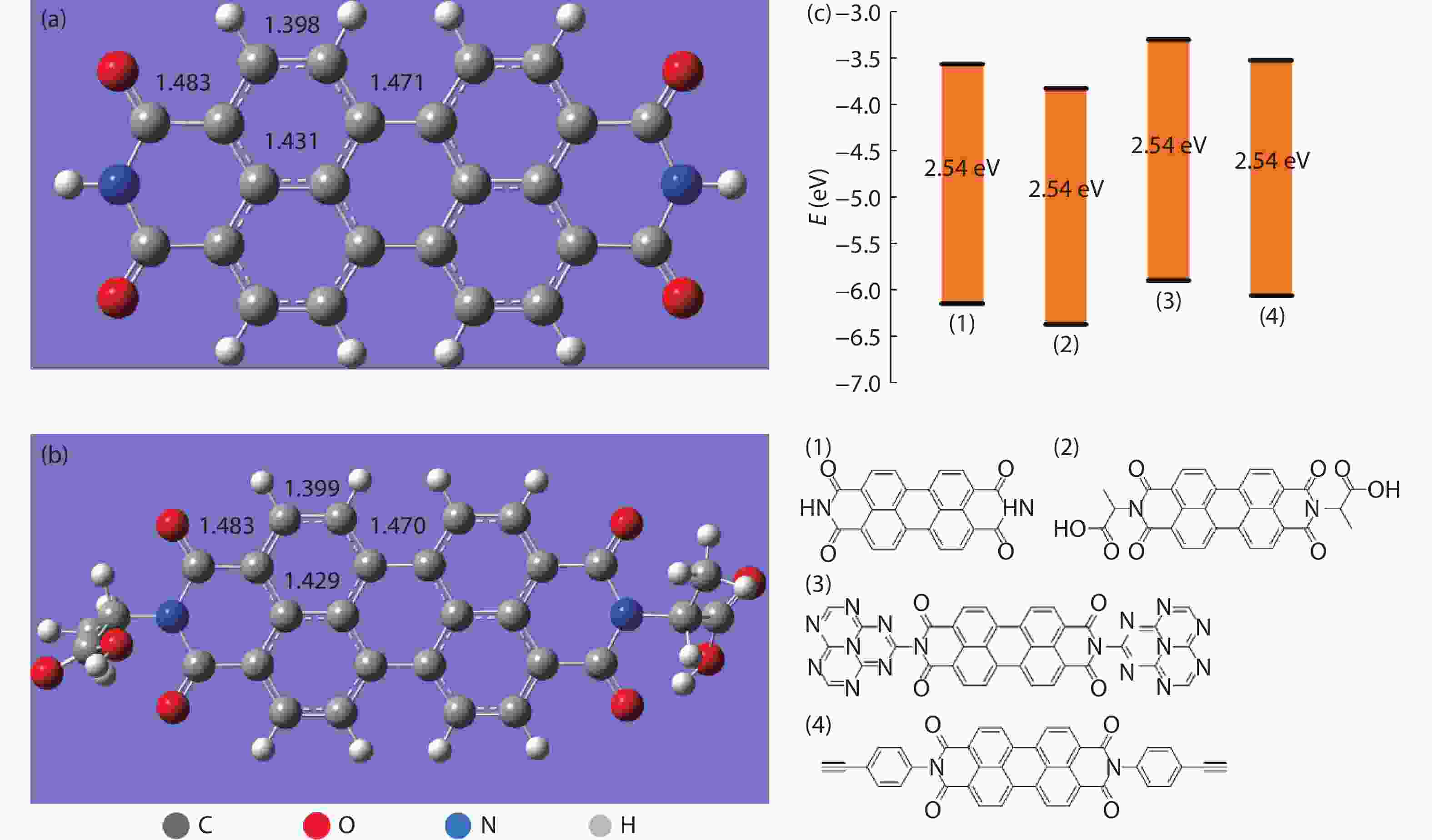
As an emerging organic semiconductor, perylene diimide (PDI) self-assembly has attracted tremendous attention in the aspects of solar cells, sensors, fluorescence probes and n-transistors, etc. In term of photocatalysis, various photocatalysts based on PDI self-assembly exhibit some unique properties, such as intrinsic Π-Π stacking structure, fast internal charge transfer, band-like electronic structure, flexible structural modifiability, well-defined morphological adjustability and excellent light absorption. This paper mainly presents recent progress on PDI self-assembly regarding how to regulate the electronic structure of PDI self-assembly. In addition, the photocatalytic applications of PDI self-assembly and its complexes were reviewed, such as environmental remedy, energy productions, organic synthesis and photodynamic/photothermal therapy, further highlighting related photocatalytic mechanisms. Finally, the review contents and some perspectives on photocatalytic research of PDI self-assembly were summarized, and some key scientific problems were put forward to direct related photocatalytic research in future.

Hydrogen can be sustainably produced through photoelectrochemical (PEC) water splitting. The process of PEC water splitting is composed of two vital half-reactions: water oxidation to O2 on photoanode, and proton reduction to H2 on photocathode. Both in thermodynamics and kinetics, the oxidation of water on photoanode is much more challenging, because the formation of O2 involves the four-holes reaction process that is more difficult than the two-protons reduction. Accordingly, the oxidation of water into O2 is the rate-determining reaction for PEC water splitting, which is closely affected by the light harvesting, charge separation and transfer, as well as surface activity of photoanode. In principle, water oxidation is initiated by the photo-excited charge of photoanode. In this review, we took hematite photoanode as a typical example to illustrate the progress in modifying the charge separation and migration property of metal-oxide photoanodes for water oxidation. The typical strategies adopted to facilitate the charge transfer and separation of hematite photoanode were specifically summarized. In addition, the views designing and developing hematite photoanode with high-performance for water oxidation were presented. This review provides comprehensive information about the state-of-the-art progress of hematite-based photoanodes and forecast the developing directions of photoanode materials for solar water splitting.
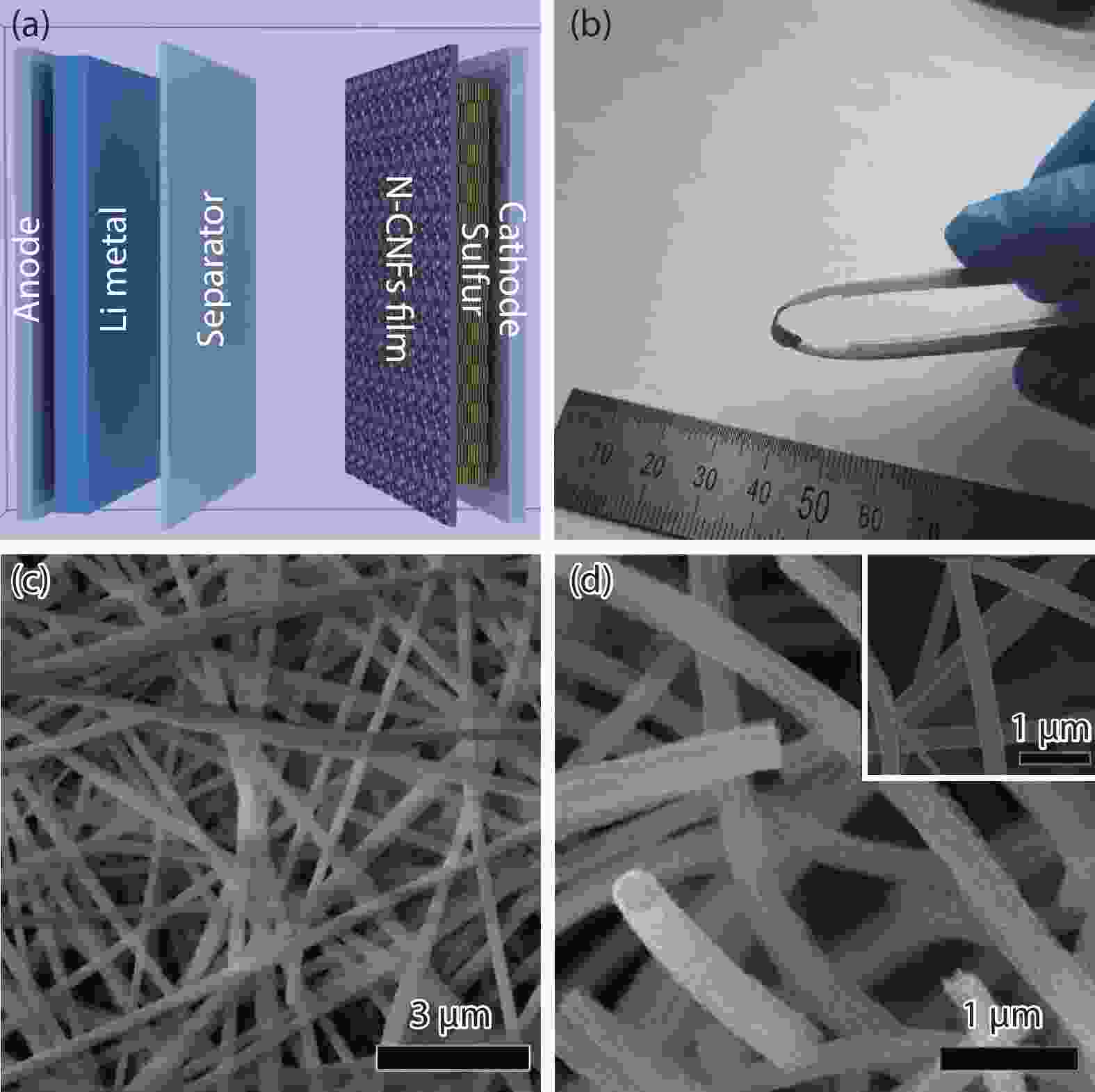
Lithium–sulfur (Li–S) battery with a new configuration is demonstrated by inserting a flexible nitrogen-doping carbon nanofiber (N-CNFs) interlayer between the sulfur cathode and the separator. The N-CNFs film with high surface roughness and surface area is fabricated by electrospinning and a subsequent calcination process. The N-CNFs film interlayer not only effectively traps the shuttling migration of polysulfides but also gives the whole battery reliable electronic conductivity, which can effectively enhance the electrochemical performance of Li–S batteries. Finally, Li–S batteries with long cycling stability of 785 mAh/g after 200 cycles and good rate capability of 573 mAh/g at 5 C are achieved.




